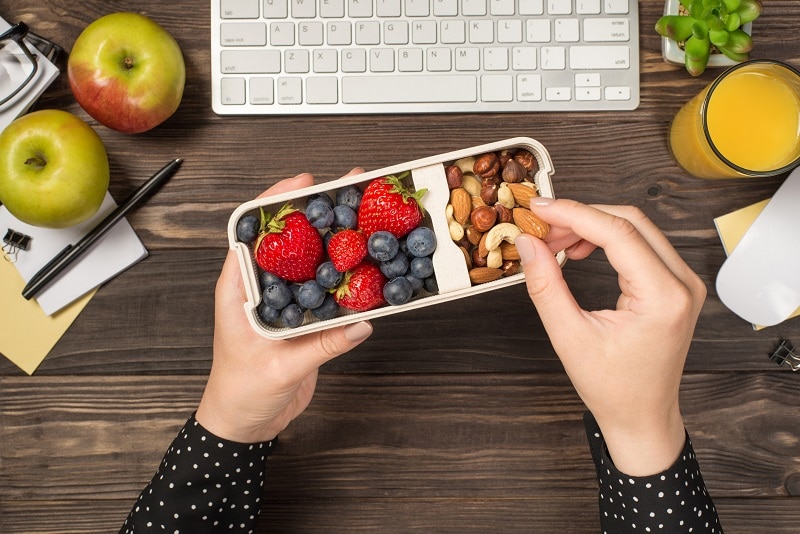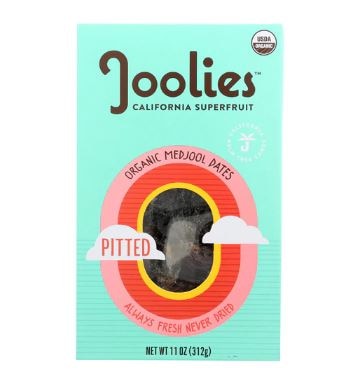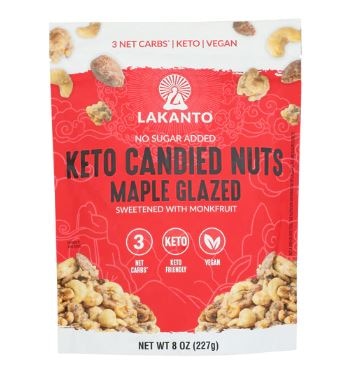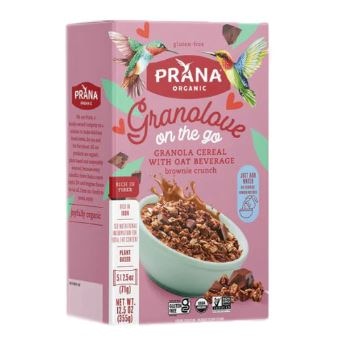Snacking is often thought of as a bad habit because it’s associated with foods labeled as “junk.” With a little practice, you can unlearn this negative association. Snacks are an important part of a daily diet!
With intentional choices and a little planning, eating between meals can be beneficial to your health. For example, eating smaller portions between meals can help you get all the nutrients your body needs and prevent overeating throughout the day. Snacking can help you power through an afternoon slump and keep your mood up on a busy day.
Just like dietary needs differ from person to person, so do snacking habits. These can change daily depending on things like activity level, age and health status. It can be tough to know what to snack on with so many available options. Check out these healthy snacking ideas the Kroger Health Dietitians use to snack smarter.
![Healthy Snacking Ideas from Registered Dietitians A First-Person Shot Shows Hands at a Desk Snacking on Nuts and Berries, Surrounded by Apples, Papers, a Pen and a Keyboard, Representing Healthy Snacking Ideas.]() Healthy Snacking Ideas from Registered Dietitians
Healthy Snacking Ideas from Registered Dietitians
Think of snacks as small meals
Eating snacks that have multiple nutrients or food groups can help fill nutrient gaps in your diet, keep blood sugar stable and keep you feeling satisfied longer. This is what a snack is meant to do! It should keep you satisfied with a comfortable level of hunger at your next mealtime.
Fruit for example, is a great snack. However, it’s mostly made up of carbohydrate, which may leave you feeling hungry soon after your snack. This can lead to more snacking before a meal and ultimately, overeating. Get more bang for your buck by pairing carbohydrate foods like fruit with another food that contains protein and/or fat like nuts or nut butter. Try these wholesome snack combinations:
- Fresh vegetables or vegetable crisps with hummus or guacamole
- Low fat cottage cheese and fruit
- Low fat greek yogurt and low-sugar granola
- Fresh or freeze-dried fruit and nuts
- Cheese and whole grain crackers
- Half of a sandwich or wrap
- Whole grain bread with nut butter
- Boiled egg and fruit or vegetable
Control portions
Snacks are meant to be smaller portions than meals, but it can be easy to overeat. Bite-sized foods like nuts and crackers are common culprits of this. Using single-serve items or pre-packaging your favorite snacks can help keep your portions snack sized. Measuring out a portion size of your snack into a bowl rather than eating out of the package is another strategy to prevent mindless eating.
Check out USDA MyPlate for information about serving sizes for each food group. Keep in mind that appropriate portion sizes vary from person to person and do not always align with the serving size on a nutrition label. For more personalized portion size information, meet with a Kroger Health Dietitian virtually to discuss your needs. Try these items in single servings for easy portion-controlled grab-and-go snacks:
- Guacamole or mashed avocado
- Hummus
- Yogurt
- Nuts
- Cheese cubes/sticks
- Cottage cheese
- Meat sticks
- Crackers
- Nut butters
- Bars (Look for something around 200 calories with more fiber and protein than added sugar grams.)
Fiber is your friend
According to the Dietary Guidelines for Americans, 2020-2025 more than 90% of women and 97% of men do not meet the recommended daily intake of fiber, which is 25g for women and 38g for men. Fiber has many health benefits including reducing cholesterol and risk for diabetes and supporting healthy digestion.
Choosing high fiber foods to snack on is a great way to boost your daily intake. A fiber-rich snack takes longer to eat and digest, which is perfect to hold you over until your next meal. Look for snacks with at least 3g of fiber and make sure to drink plenty of water with them. Snacks that fit the fiber bill:
- Fruits
- Vegetables
- Nuts
- Pumpkin seeds
- Whole wheat crackers
- Popcorn
- Oatmeal/oats
- Roasted chickpeas
- Edamame
Think ahead
Planning your snacks can prevent grabbing convenience foods that are typically high calorie, high fat and high sodium. You can control your food environment by having a healthy snack prepared and ready to go when you need it. It’s easier to make a healthy choice if it’s readily available. Keep snacks in the places you tend to snack like at work or in your car. Some shelf-stable options to stock would be nuts, low-sugar trail mix, freeze-dried fruit and vegetable crisps.
Be mindful
We snack for many reasons and sometimes it’s not because we’re hungry. One way of practicing mindfulness when snacking is to think to yourself, why am I snacking? Am I bored? Stressed? Someone told me I need to snack between every meal? Am I hungry?
If you are truly hungry, snack. Savor and enjoy your snack! If you notice you are snacking out of boredom or stress often, work on finding other things to do in those situations. Remember, snacking is individual and can change daily. Your body tells you what it needs each day! Connect with a Kroger Health Dietitian virtually to learn more about how to listen to your body using mindful or intuitive eating practices.
What Kroger Health Dietitians Snack On
These items can easily be incorporated into the snacking strategies discussed.
- Harvest Snaps Green Pea Snack Crisps
- Dry Roasted Edamame
- Simple Truth Popped Protein Crisps
- Simple Truth Mini Sunflower Butter Filled Pretzels
- Simple Truth No Stir Almond Butter Packs with fruit or whole grain crackers
- Biena Chickpea Snacks
- Simple Truth Mashed Avocado Single Serve with vegetables for dipping
- Simple Truth Organic Hummus Cups with vegetables for dipping
- Simple Truth Roasted Almonds
- Simple Truth Freeze Dried Strawberries
- Rhythm Organic Beet Chips
- Simple Truth Nut Butter Bar – Chocolate Almond
- Simple Truth 85% Cacao Dark Chocolate Bar
Dates topped with RXBAR Vanilla Almond Nut Butter




